Professional Business Letter Format Template
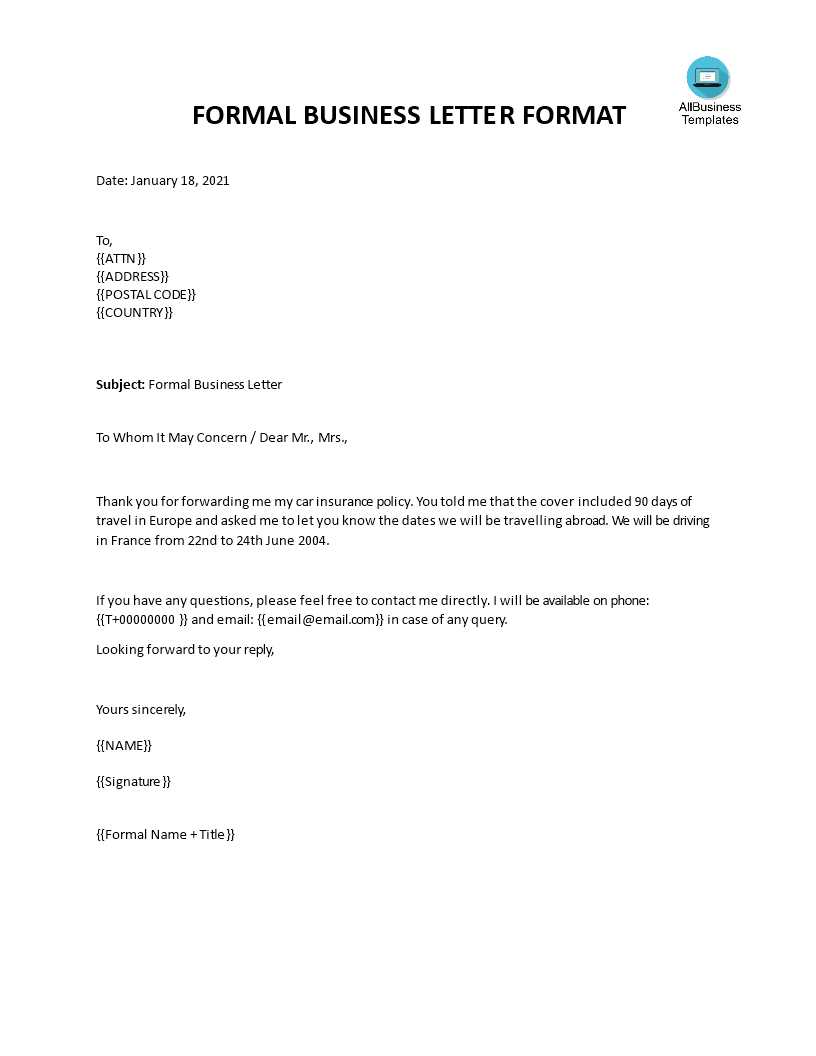
Crafting an effective written communication requires adhering to a certain structure that ensures clarity, professionalism, and respect. This structure helps the recipient easily understand the purpose of the message and respond appropriately. Whether you’re reaching out to a colleague, client, or organization, a well-organized message is essential in creating a positive impression.
Essential Components
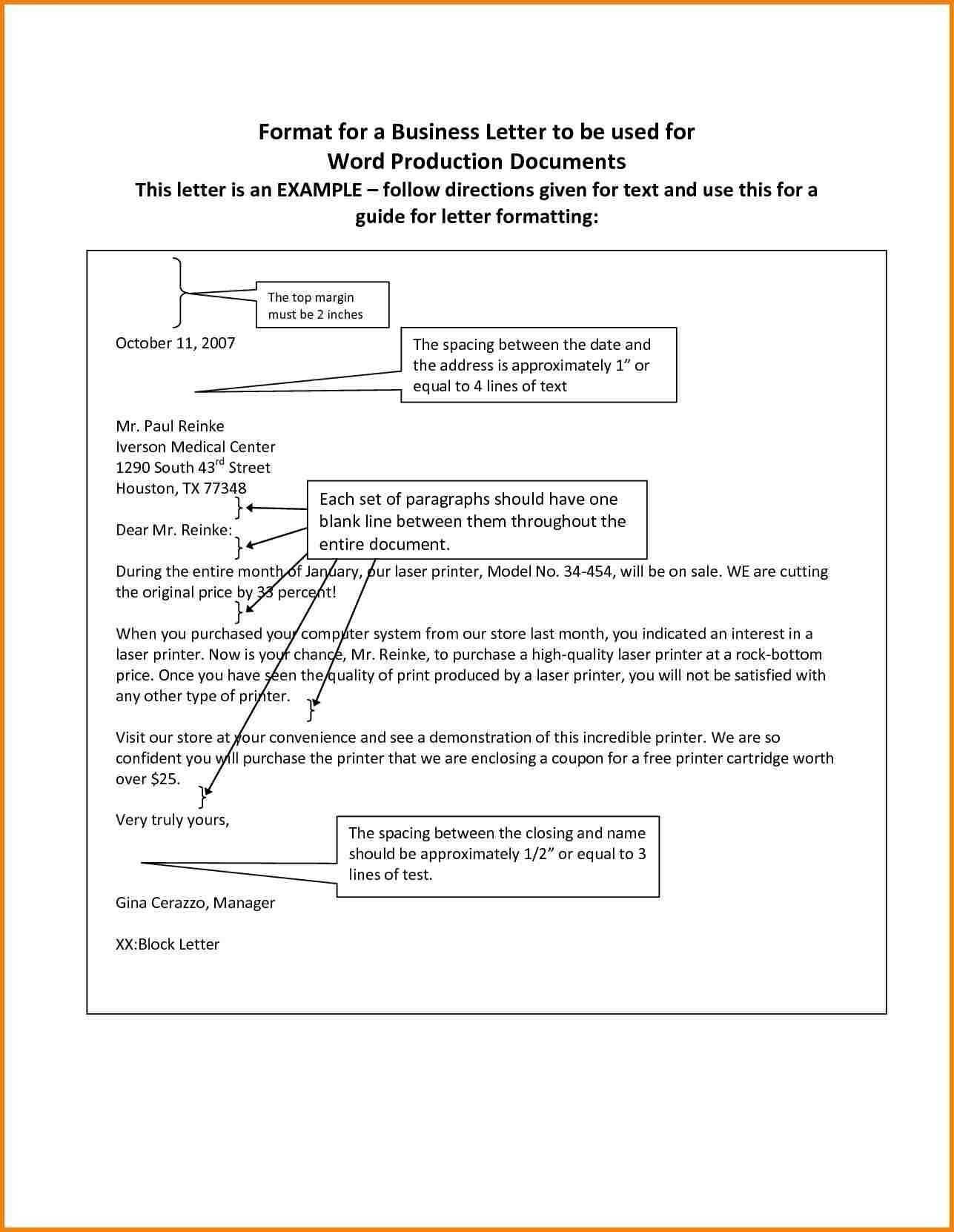
A properly structured message typically includes several key sections. Each part serves a unique role in conveying the intended message and maintaining a professional tone.
- Heading – The top section includes the sender’s information, followed by the recipient’s contact details, and the date of writing.
- Introduction – A polite greeting or salutation that sets the tone for the communication.
- Body – The main content that delivers the purpose of the message. It should be organized into paragraphs for clarity.
- Conclusion – A closing section that often includes a call to action or request for follow-up.
- Signature – The sender’s name, title, and any additional contact information.
Crafting Clear and Concise Messages
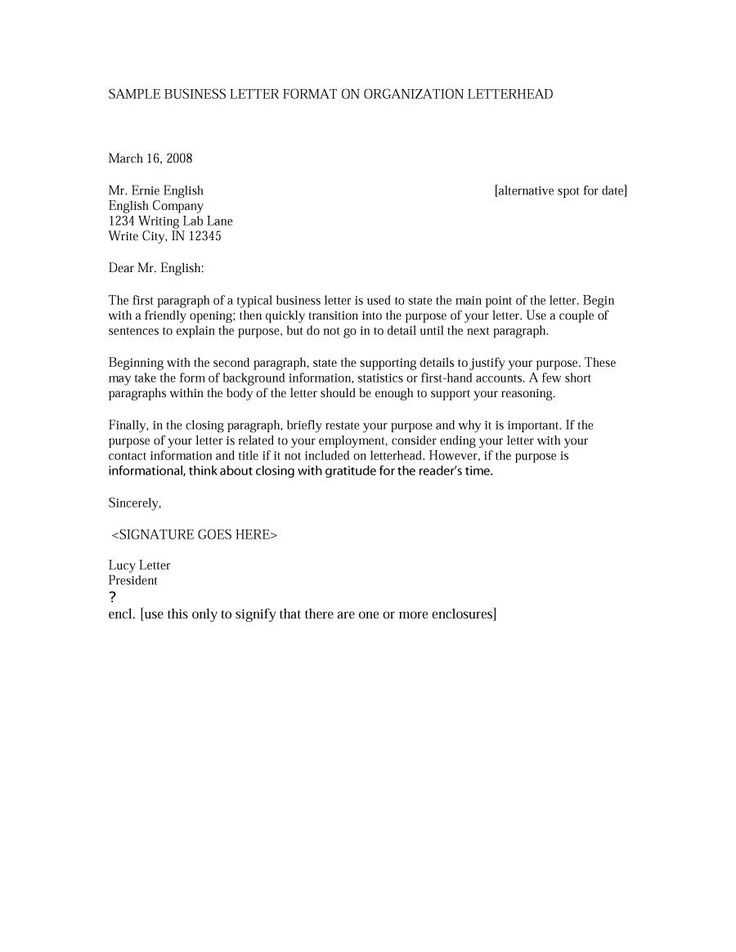
When composing a formal communication, clarity is paramount. Avoid overly complex language and focus on delivering your message in a straightforward manner. A clear structure enhances readability, making it easier for the reader to understand the content quickly.
Tips for Personalization
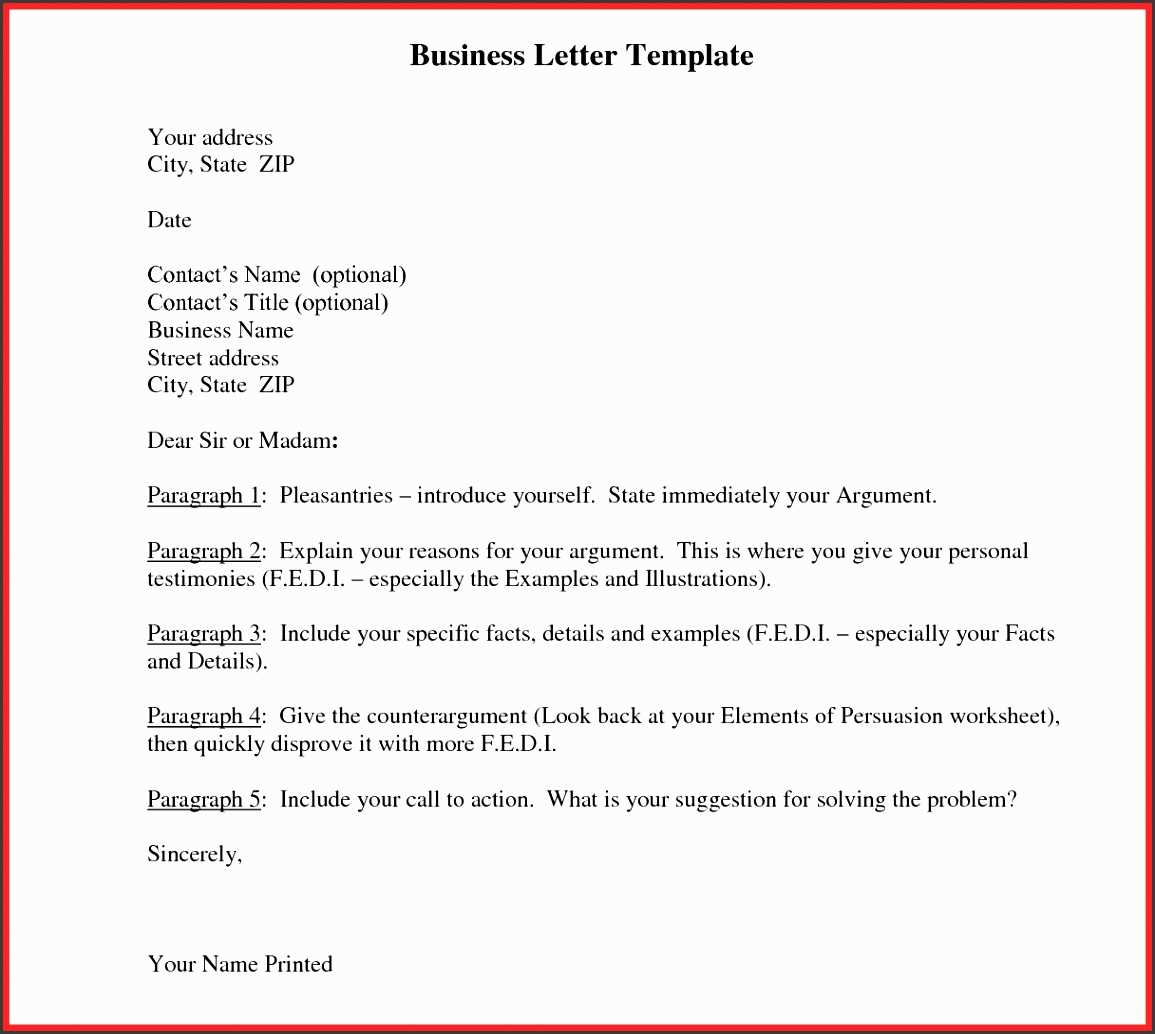
While following a structure is essential, it’s also important to personalize your message to make it relevant to the recipient. Address the individual by name and tailor the content to their specific needs or concerns. A personalized approach helps build stronger relationships and ensures your communication stands out.
Common Pitfalls to Avoid
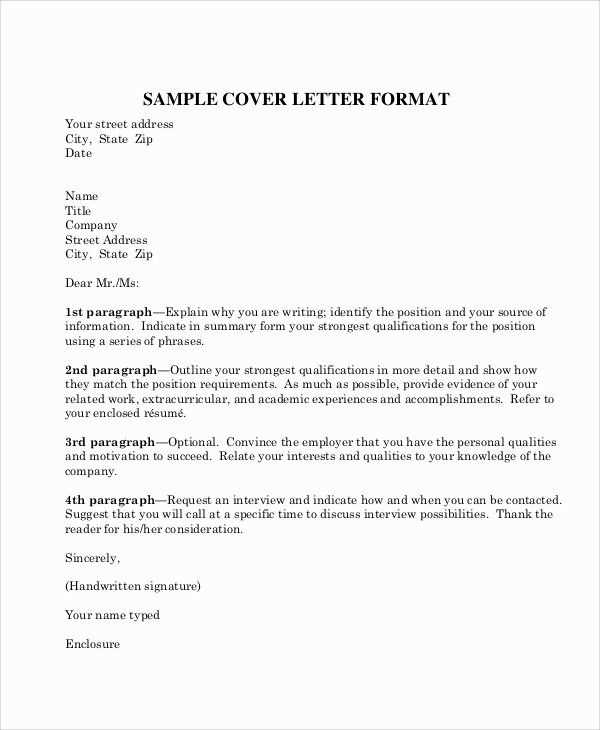
Even with a well-organized structure, there are common mistakes that can undermine the effectiveness of the message. Some common errors include:
- Overloading the message with irrelevant information
- Using an overly formal or impersonal tone
- Failing to proofread for grammatical or spelling mistakes
By being mindful of these points, you can ensure that your message is not only well-structured but also professional and effective in conveying your purpose.
Understanding Communication Styles
Key Components of a Formal Correspondence
Why Structure is Important in Messaging
Guidelines for Clear and Direct Communication
Common Mistakes to Avoid in Written Interactions
Adding Personal Touch to Your Message
Effective written communication plays a key role in maintaining clarity and fostering positive interactions. A well-organized approach helps convey the message precisely, ensuring it is received as intended and with the right tone. Each aspect of the message, from the greeting to the closing, serves a purpose in establishing the context and facilitating understanding.
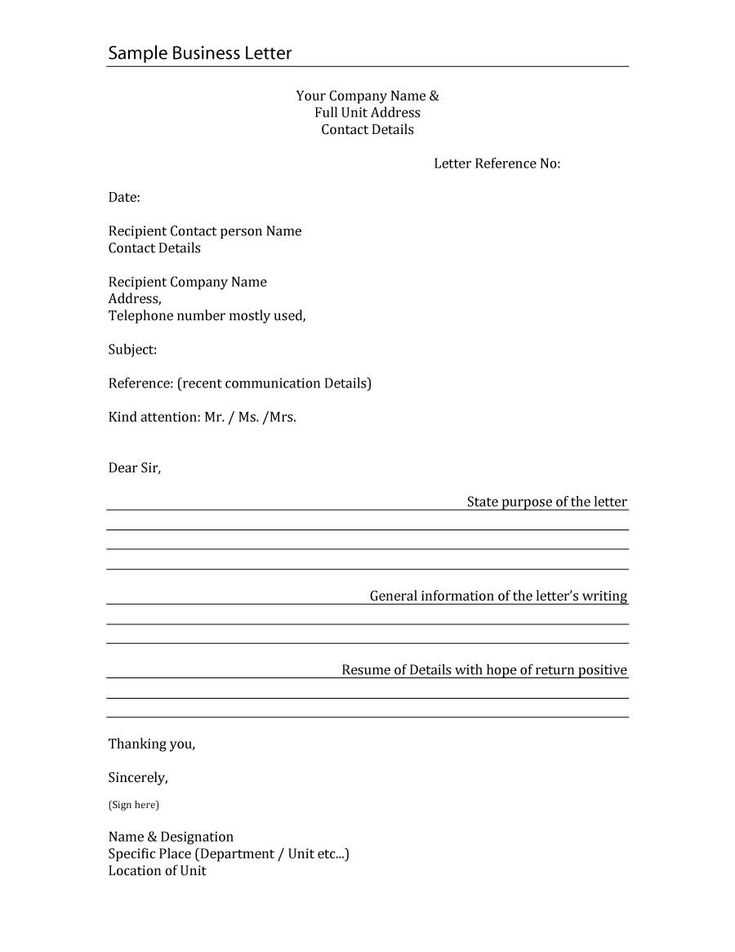
In formal communication, it’s important to incorporate specific sections that create a balanced and professional tone. These components include details such as the sender’s information, a clear subject, and appropriate salutations. Following a consistent structure ensures that all necessary details are included, and the reader knows exactly what to expect in each section.
Structure is crucial for keeping the message concise and easily digestible. A well-organized communication allows the reader to quickly identify the purpose and take any required actions. Without clear divisions, the message can seem overwhelming or unclear, leading to miscommunication.
For clarity, it’s essential to avoid overly complex wording. Simplicity and precision in expression improve the overall quality of the interaction. By breaking the content into manageable parts and focusing on the key points, you can deliver your message without unnecessary elaboration.
Some common pitfalls include excessive formality, vague language, and long-winded explanations. These can confuse the recipient and make it harder for them to grasp the intended meaning. Proofreading and editing are important steps to ensure clarity and correct any potential errors.
Adding a personal element to the communication can elevate the interaction. Addressing the recipient by name, acknowledging specific points related to them, or customizing the message according to their interests creates a more engaging and positive experience. Personal touches help build rapport and strengthen the relationship.